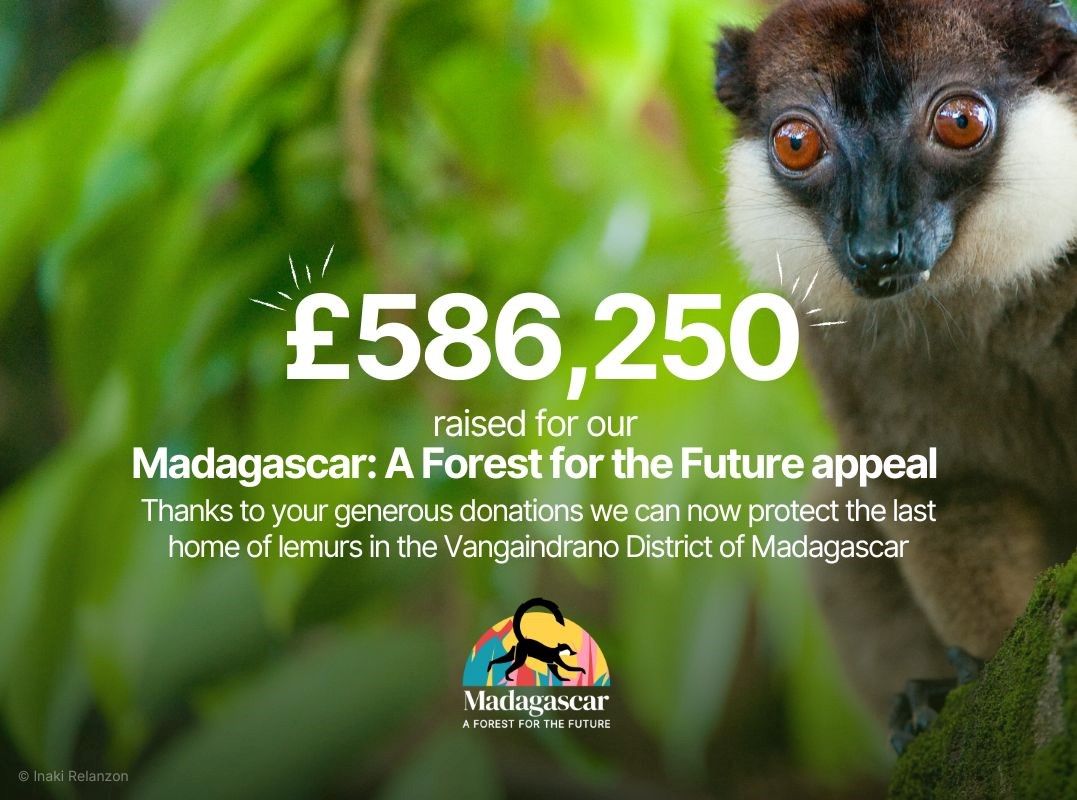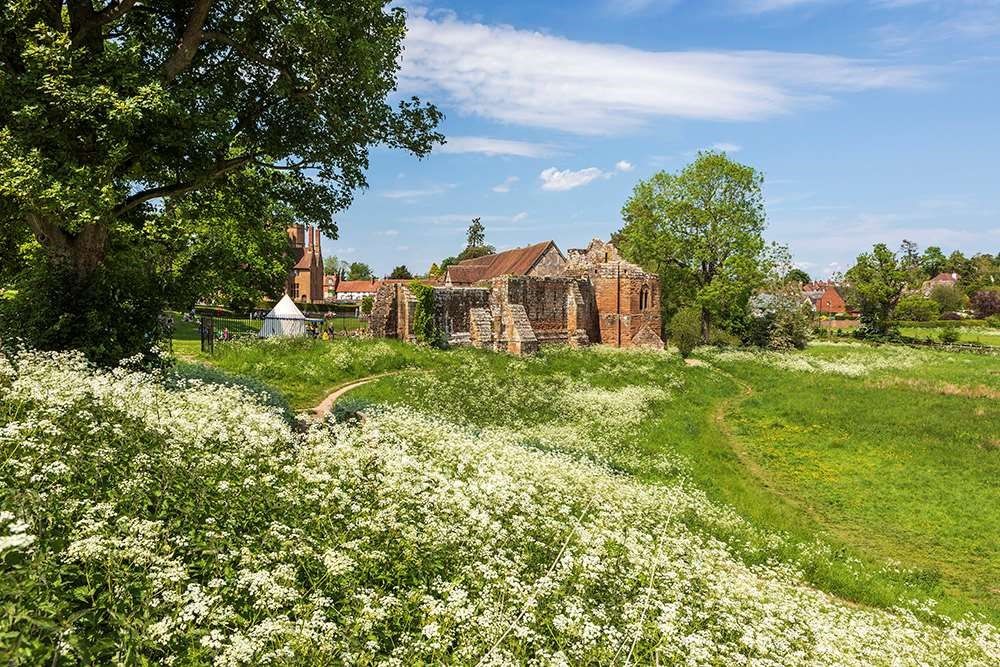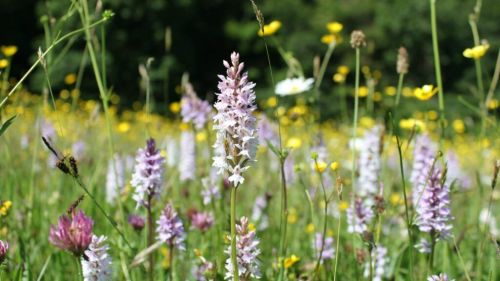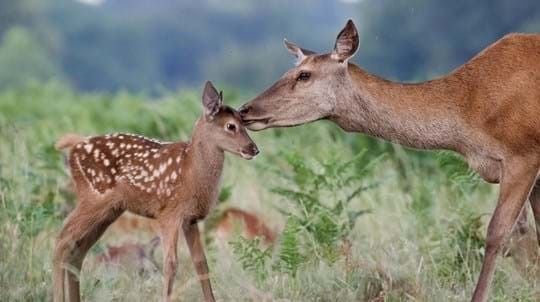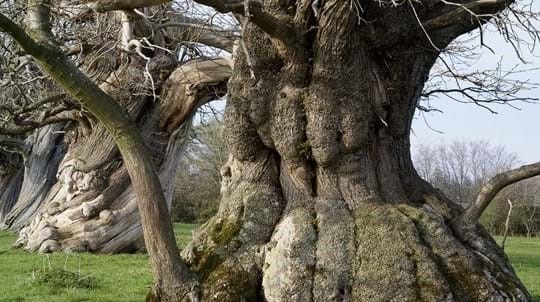Save our Seabirds - from the National Trust for Scotland
Posted on
One million seabirds need our help.
The National Trust for Scotland have reported that Avian flu has devastated global seabird populations – just at a time when the birds are already struggling with threats such as dwindling food stocks and storms that are getting worse.
What will happen in 2023?
The National Trust for Scotland reports that about 20% of all seabirds breeding in Scotland breed at their places – and it’s members support which helps make this happen. The Trust cares for miles and miles coastline – all vital to our seabirds.
St Kilda's, for example, is the UK’s only marine World Heritage Site, and a quarter of the world's gannet population nest here.
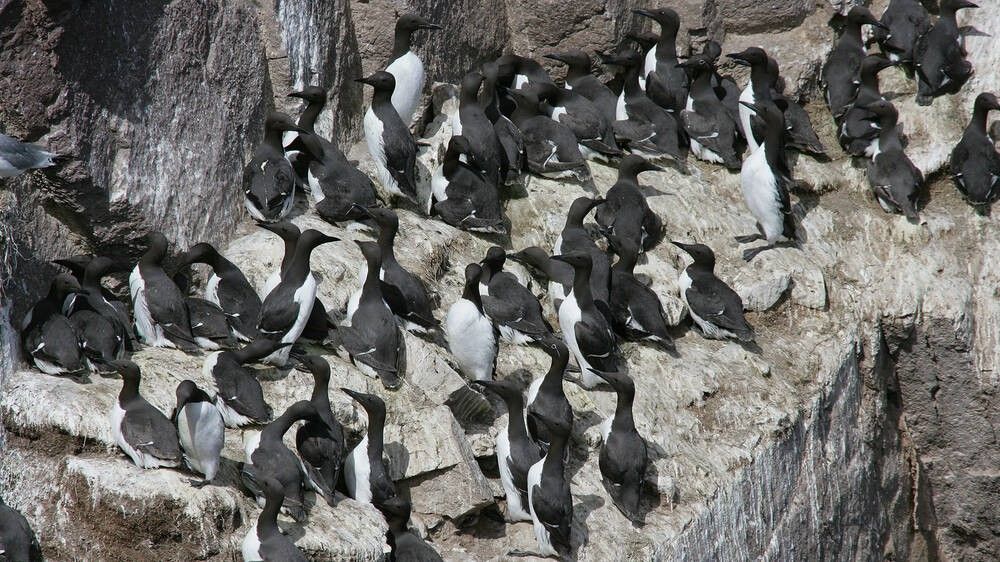
Find out about the National Trust for Scotland's Marine and Coastal Policy
Even though seabirds are far away from land a lot, they need to come back to the coast and cliffs in order to breed. So the Trust has a huge responsibility in preserving these areas to ensure the seabirds’ survival.
And there are a number of things we can all do that the National Trust for Scotland has identified to help protect birds such as puffins, guillemots, razorbills, kittiwakes and storm petrels as the breeding season starts.
The National Trust for Scotland’s rangers and other staff will be working hard to give seabirds the best chance of survival – and the chance to thrive, too – in their colonies. One of the things they do is to count seabirds to give us an idea of the marine ecosystem – seabirds reflect changes in marine habitats and can give us a lot of understanding and insight into what is happening to the sea.
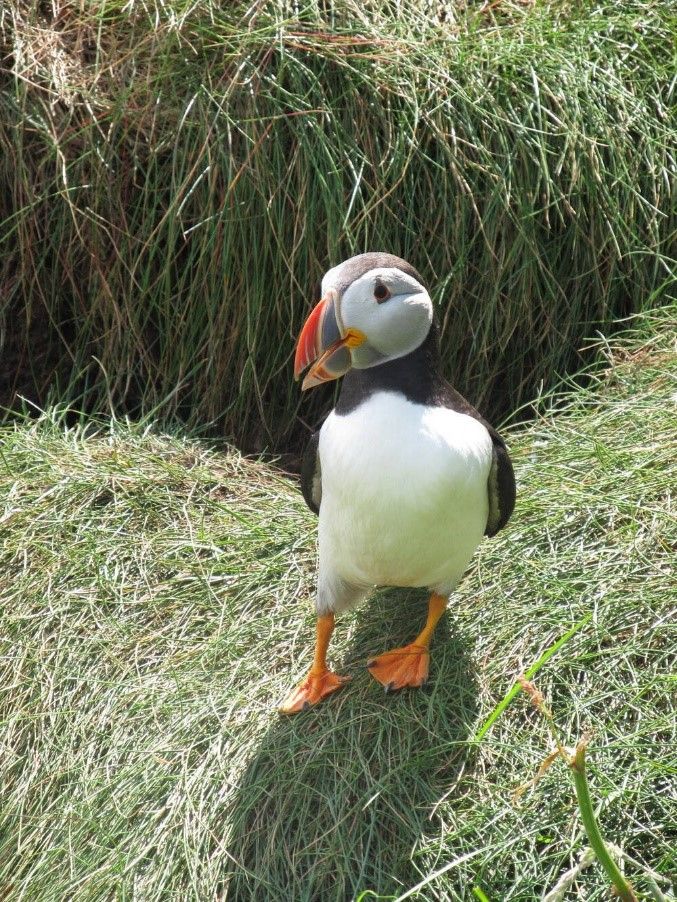
Find out about volunteering with and working
for the National Trust for Scotland here.
Conservation experts and volunteers watch the seabird colonies, both counting numbers and monitoring breeding patterns and trends. This is invaluable information, because it shows the Trust which species are doing well and which are declining – it’s a bit like the RSPB’s Big Garden Birdwatch in that respect!
So who breeds on the properties of the National Trust for Scotland? Well, they have a list on their website – and amongst the breeds there are sure to be some we all recognise, such as the Atlantic puffin, guillemots, gulls, gannets, kittiwakes, storm petrels, the Max shearwater, terns and skuas.
How we can help seabirds in Scotland
Check, clean and close.
If you’re visiting colonies such as St Kilda, Canna or other islands, it’s vital that you clean your boots or shoes with disinfectant, and keep food containers tightly closed. Left open, they can attract stowaways on board or into bags.
Give seabirds space.
Make sure you keep a good distance from nests and birds who are feeding. Don’t disturb nests or burrows and please keep dogs on a short lead or close to heel where ground-nesting birds breed and feed, especially during the breeding season (1 April to 30 September).
Join a campaign.
There are a number of campaigns focusing on seabirds aiming to persuade politicians to support higher levels of environmental protection, biodiversity and stewardship. The impact of fishing practices which damage the seabed and health of some fish stocks is of special concern. The National Trust for Scotland wants better protection for inshore waters, so that marine life can recover and thrive.
Get busy – become a citizen scientist!
Help in the research and monitoring of seabirds! Between May and August, the National Trust for Scotland will collect images from the public of puffins taking food to their chicks. Trained volunteers will analyse these pictures, to try to spot problems puffins at Trust sites have to feed their tricks. The website will have lots of advice on how to get photos without disturbing the puffins and also on how to submit them online.
Become a member of the National Trust for Scotland!
As well as seabirds, the Trust also cares for places which are a birdwatcher’s paradise, with eagles and ospreys in the Highlands, garden birds in lowland areas, and black grouse and capercaillie in the pinewoods. You can support their efforts by becoming a member.
Find out more about the wildlife the National Trust for Scotland protects here.
Images © National Trust for Scotland
